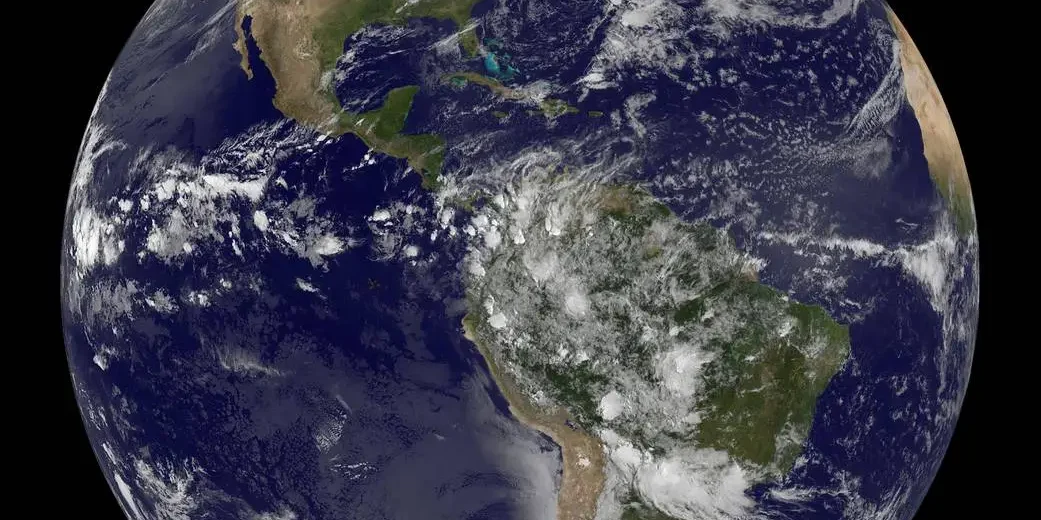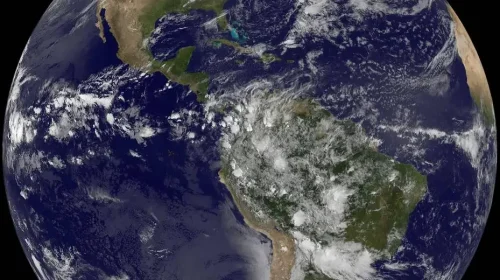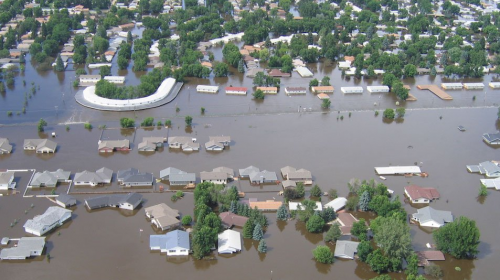Scientists have long observed a puzzling fact about Earth: the Northern and Southern Hemispheres reflect nearly identical amounts of sunlight, despite vastly different environments and pollution levels. A new Geophysical Research Letters study used two decades of satellite data to investigate why, examining various components that reflect sunlight, including aerosols, land surfaces, and clouds. The scientists revealed that the Northern Hemisphere’s aerosols and land reflect more sunlight, balanced by the Southern Hemisphere’s low- and mid-level clouds. Observations from the past few decades show that both hemispheres are darkening over time, but it remains uncertain if this change is happening equally. This work enhances our understanding of Earth’s radiation budget and could help predict climate shifts, as further cloud adjustments may either stabilize or disrupt this symmetrical reflection.
NOAA supported these researchers through a Climate Program Office grant aimed at new satellite applications to aerosol research, the NOAA Earth’s Radiation Budget Program, a cooperative agreement with the Cooperative Institute for Research In Environmental Sciences, and the NOAA Atmospheric Science for Renewable Energy program. This work highlights how aerosol and cloud interactions play a crucial role in Earth’s climate balance, and it emphasizes the importance of monitoring long-term changes and their impacts on climate stability.











